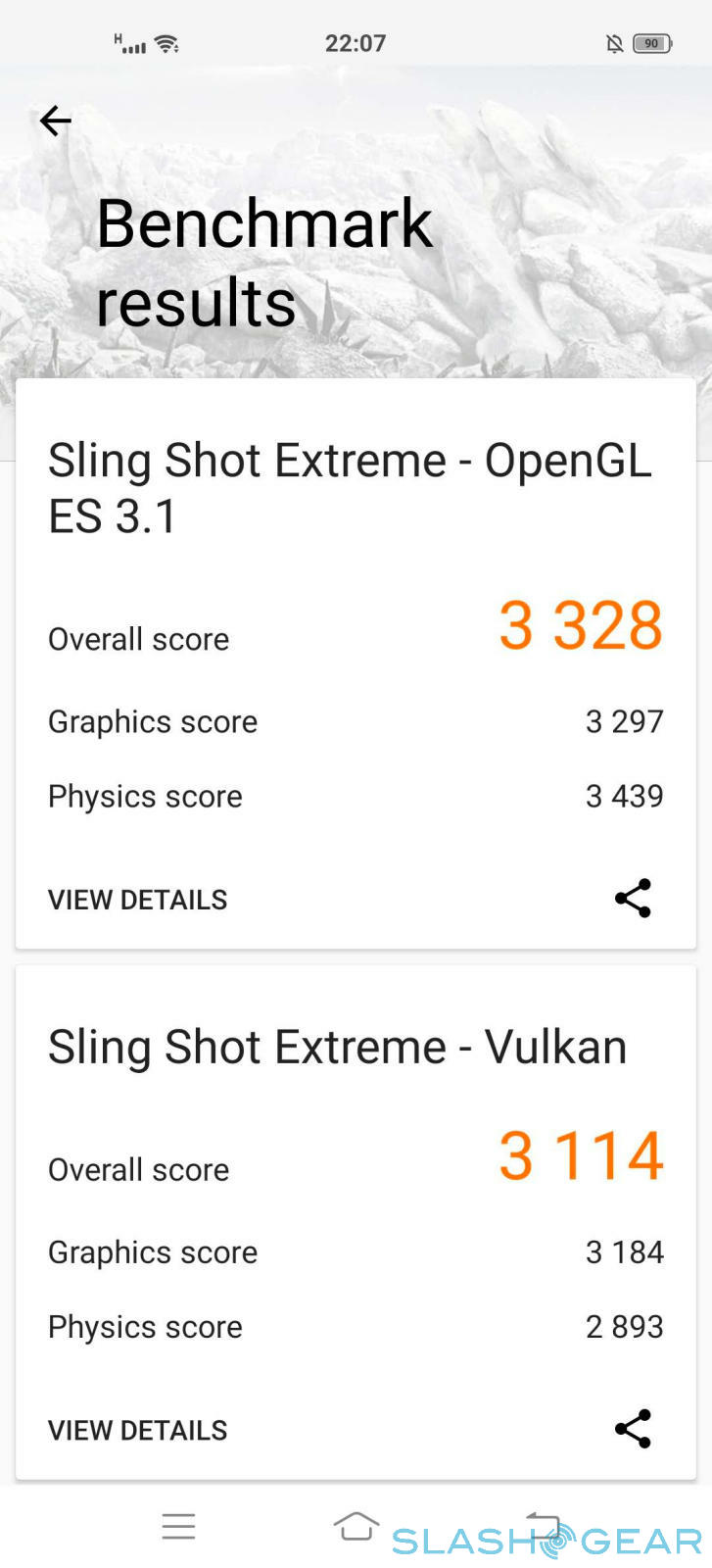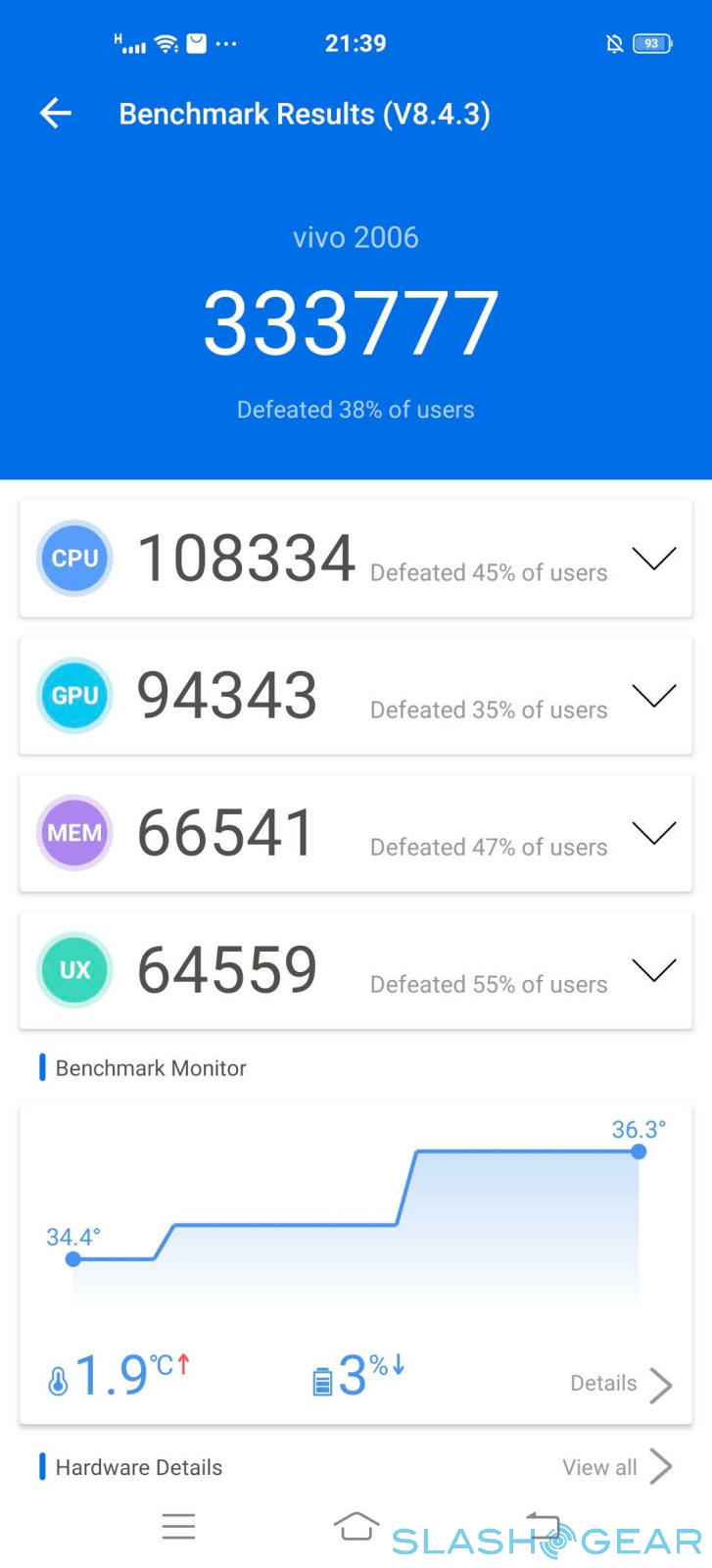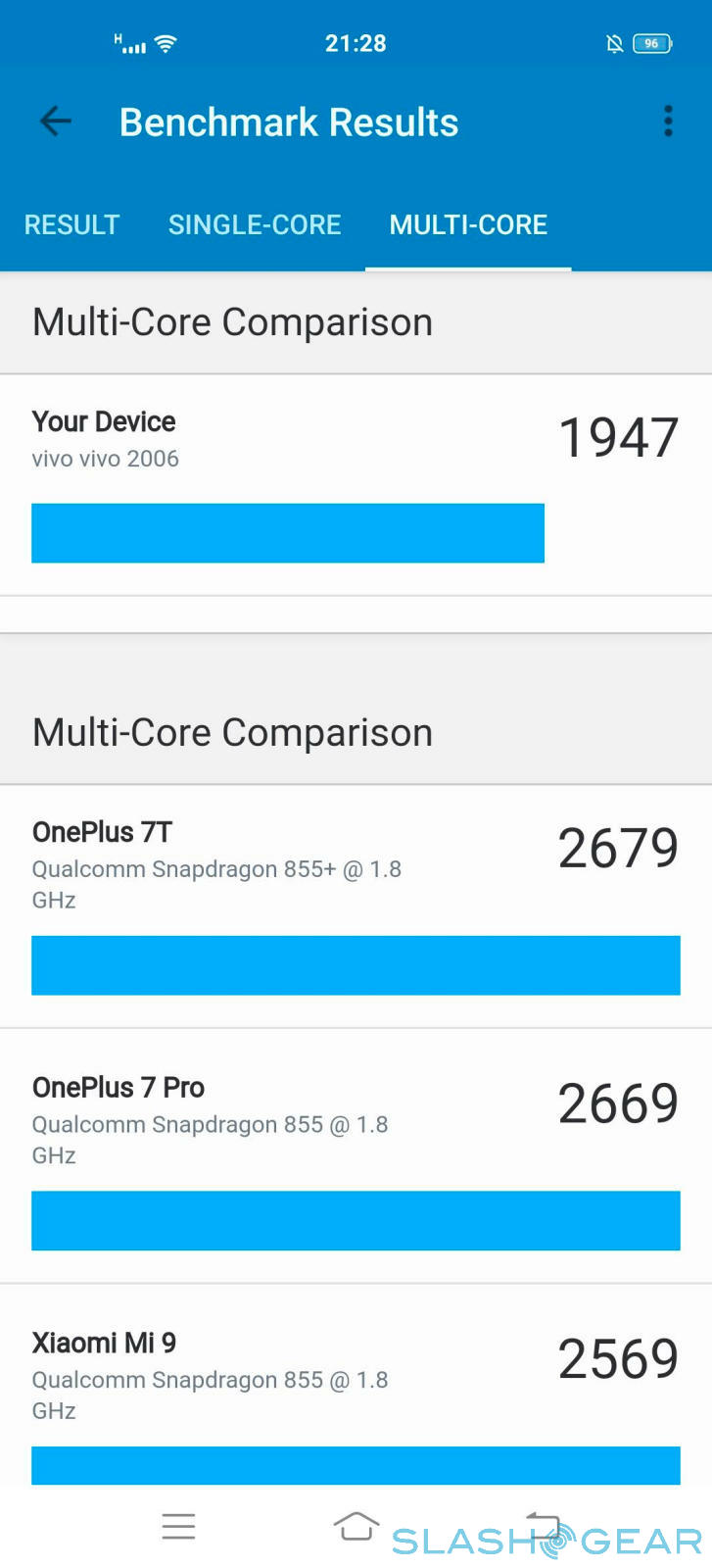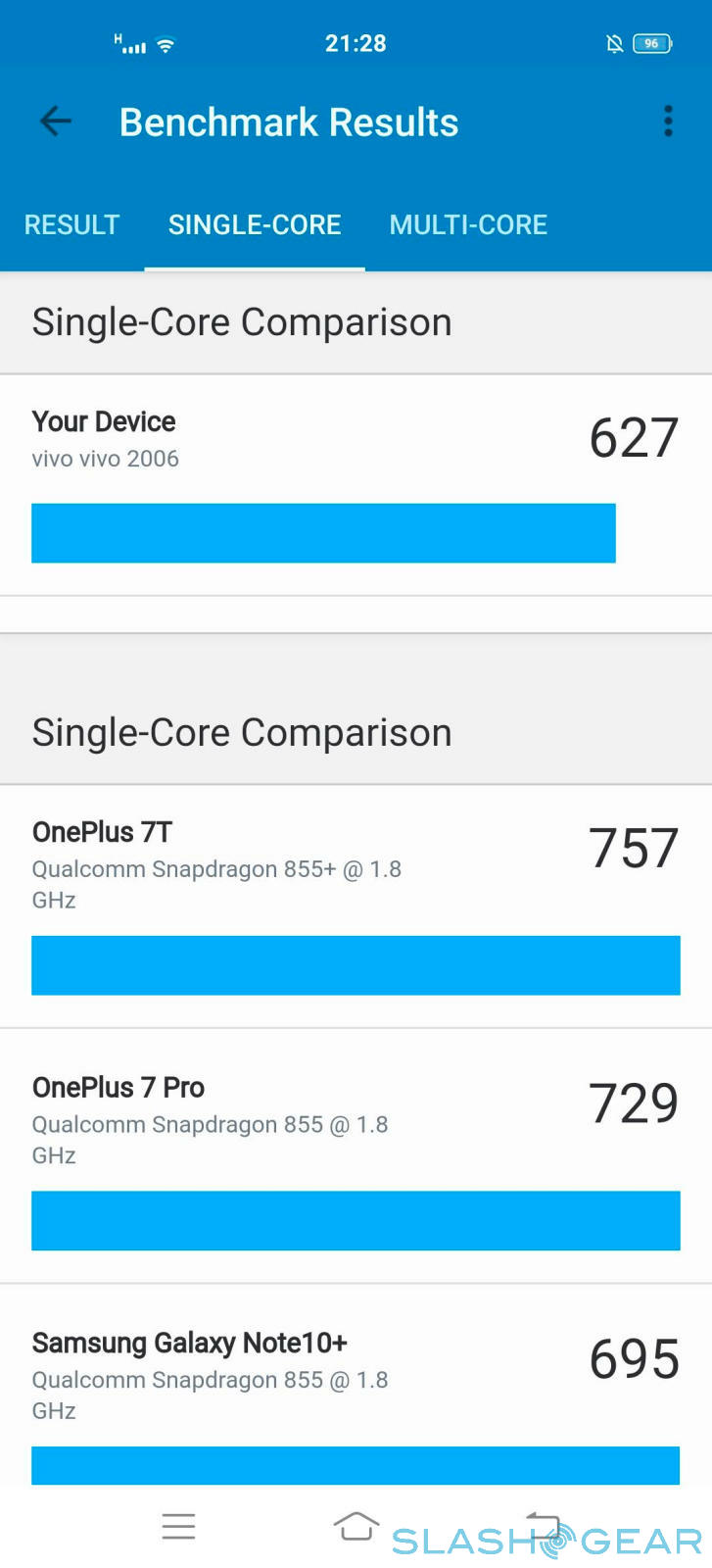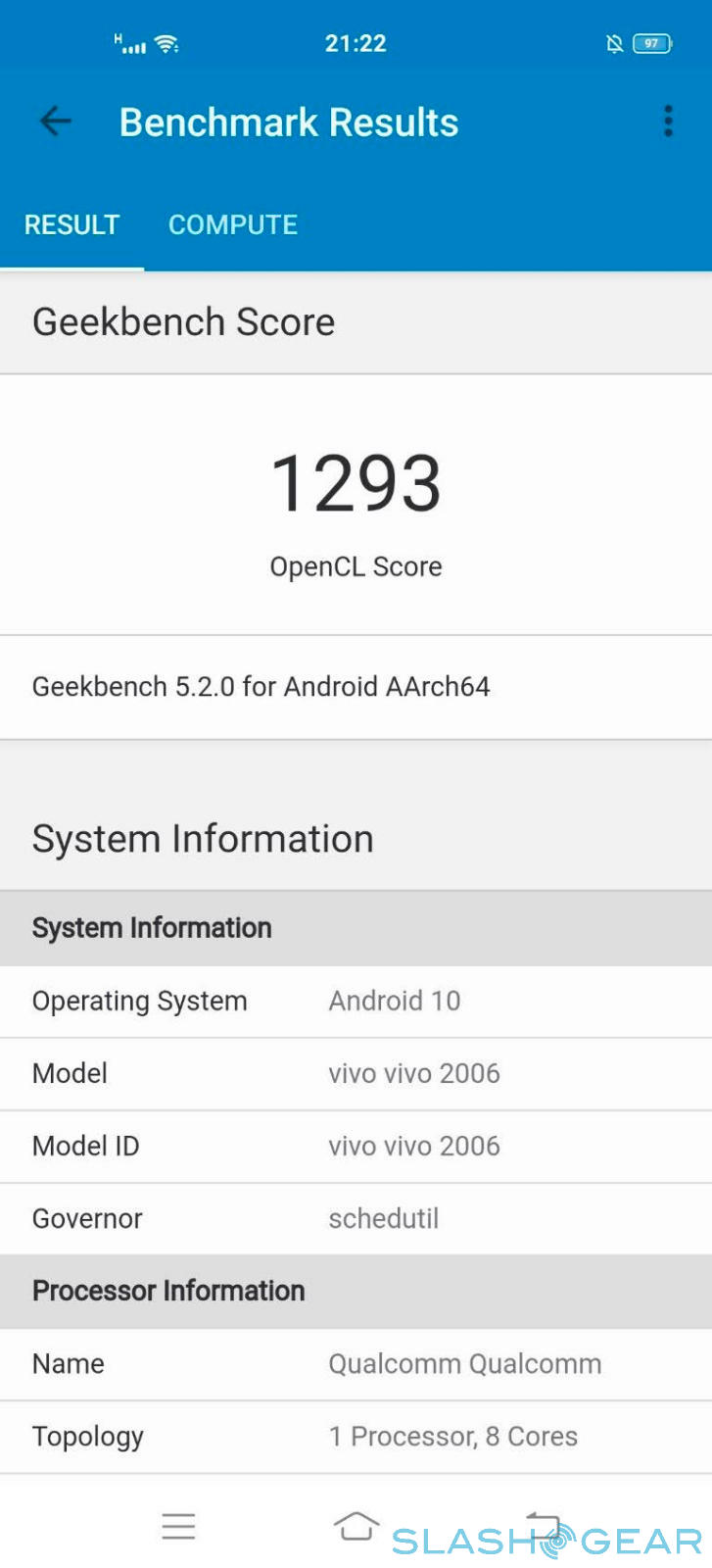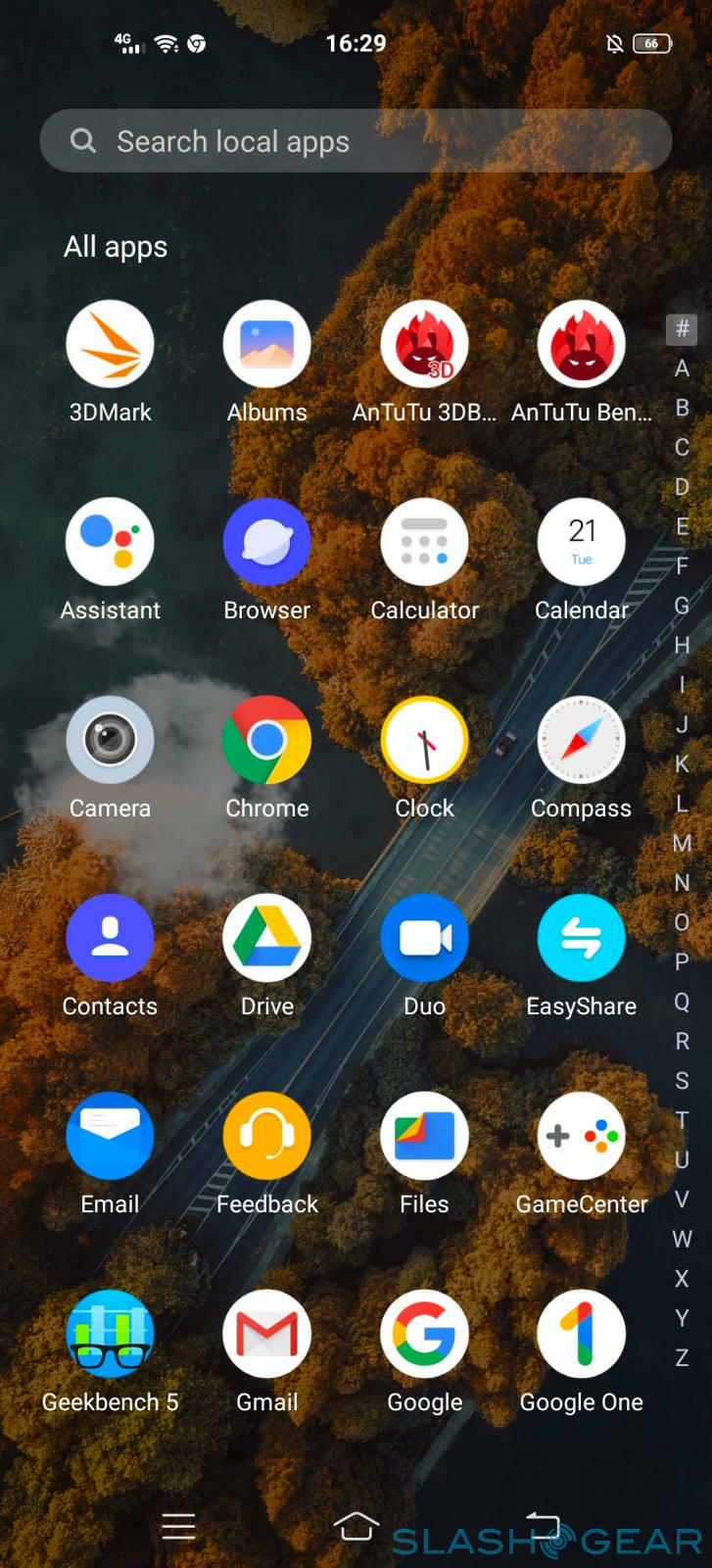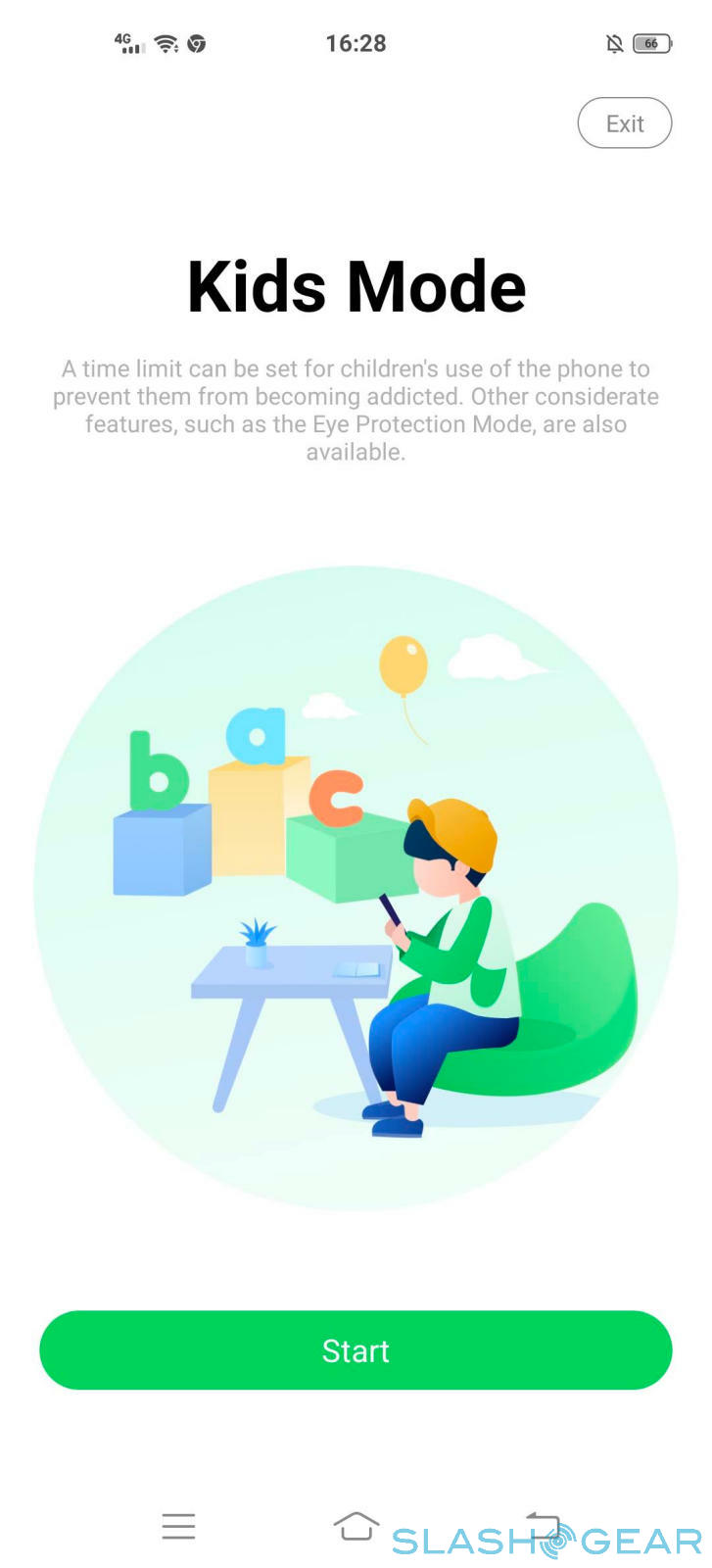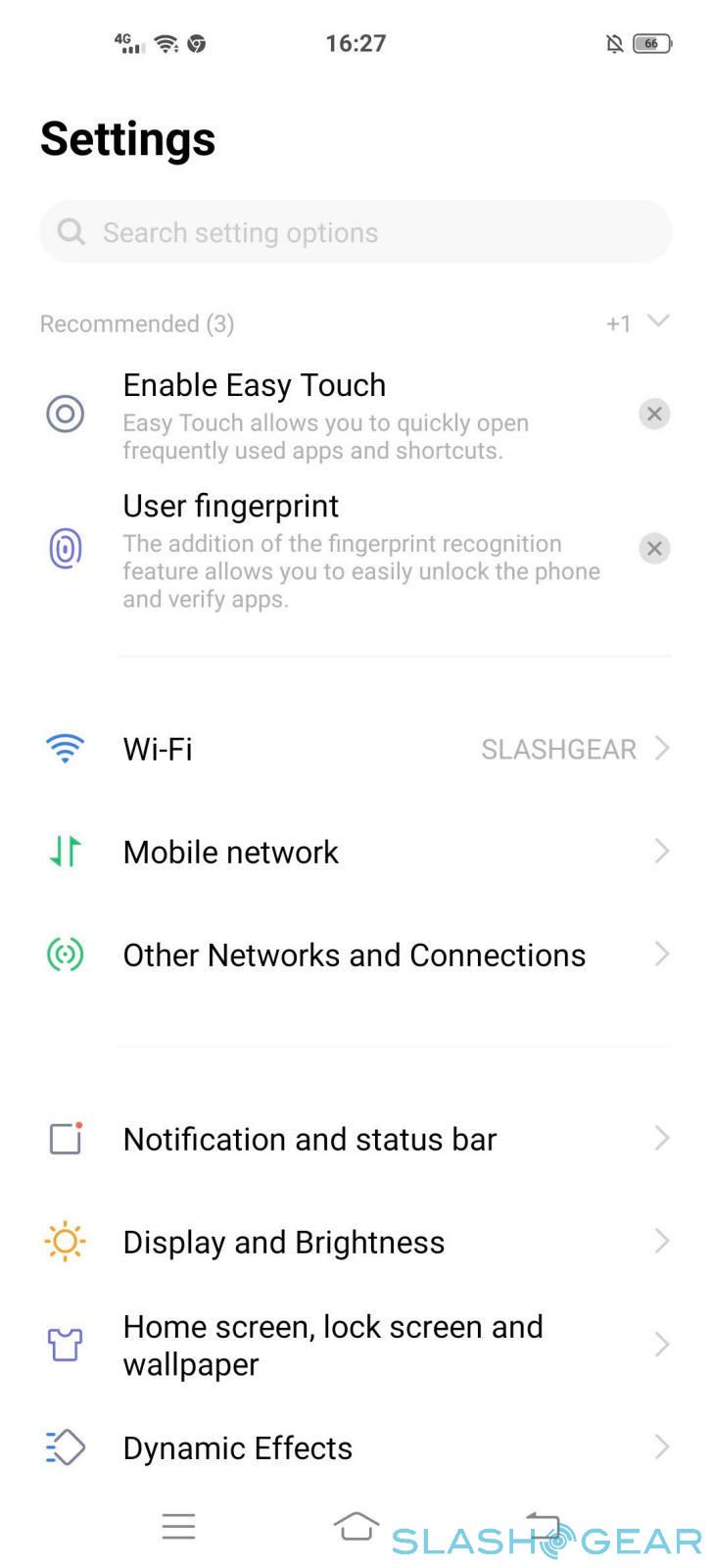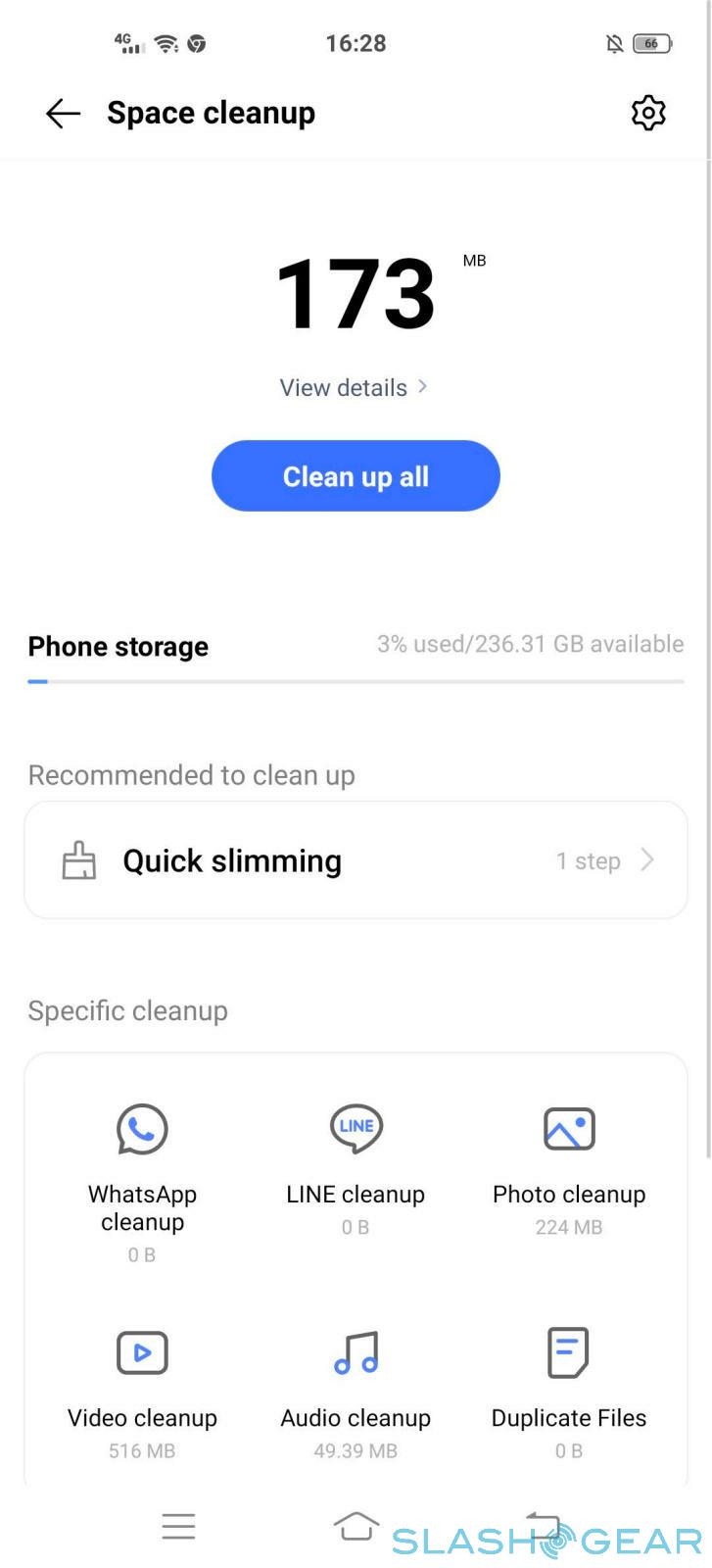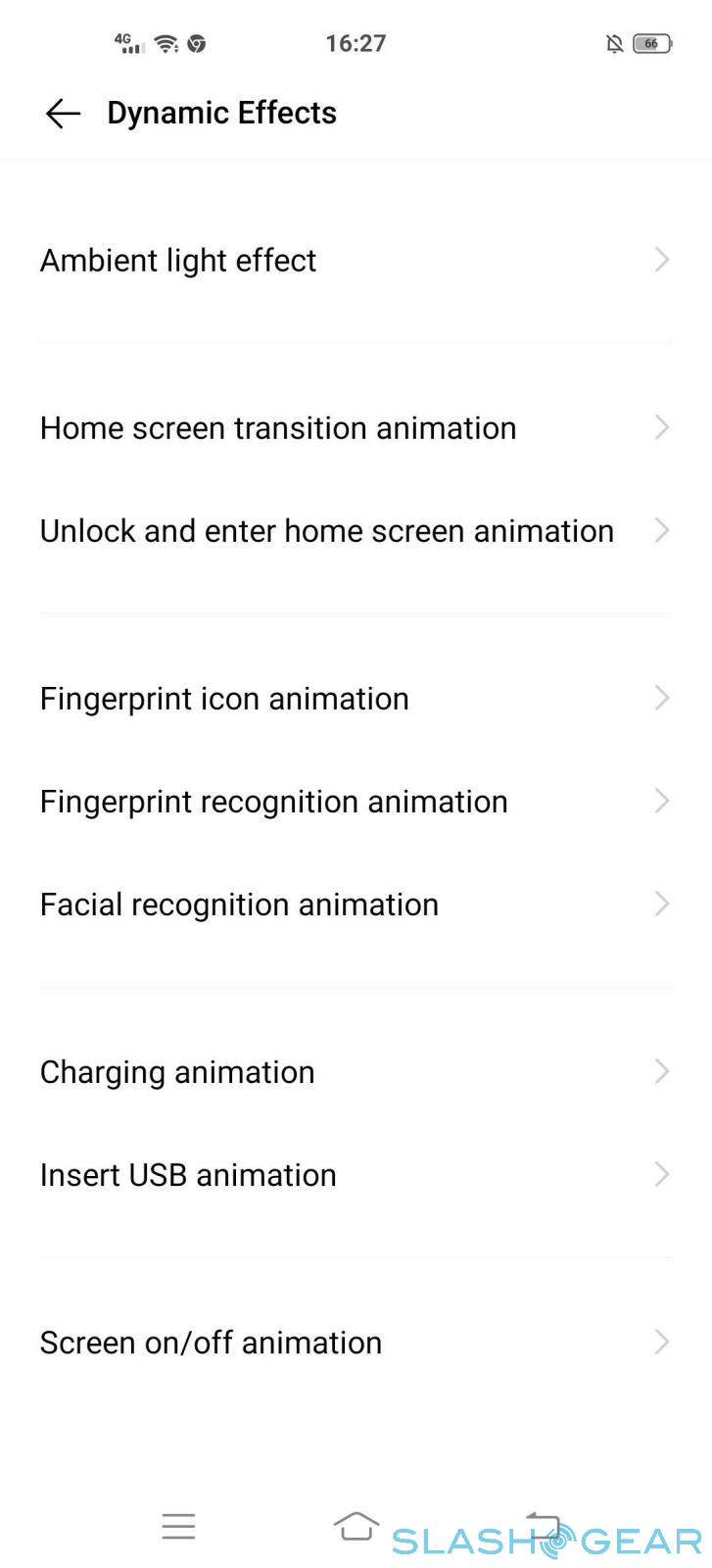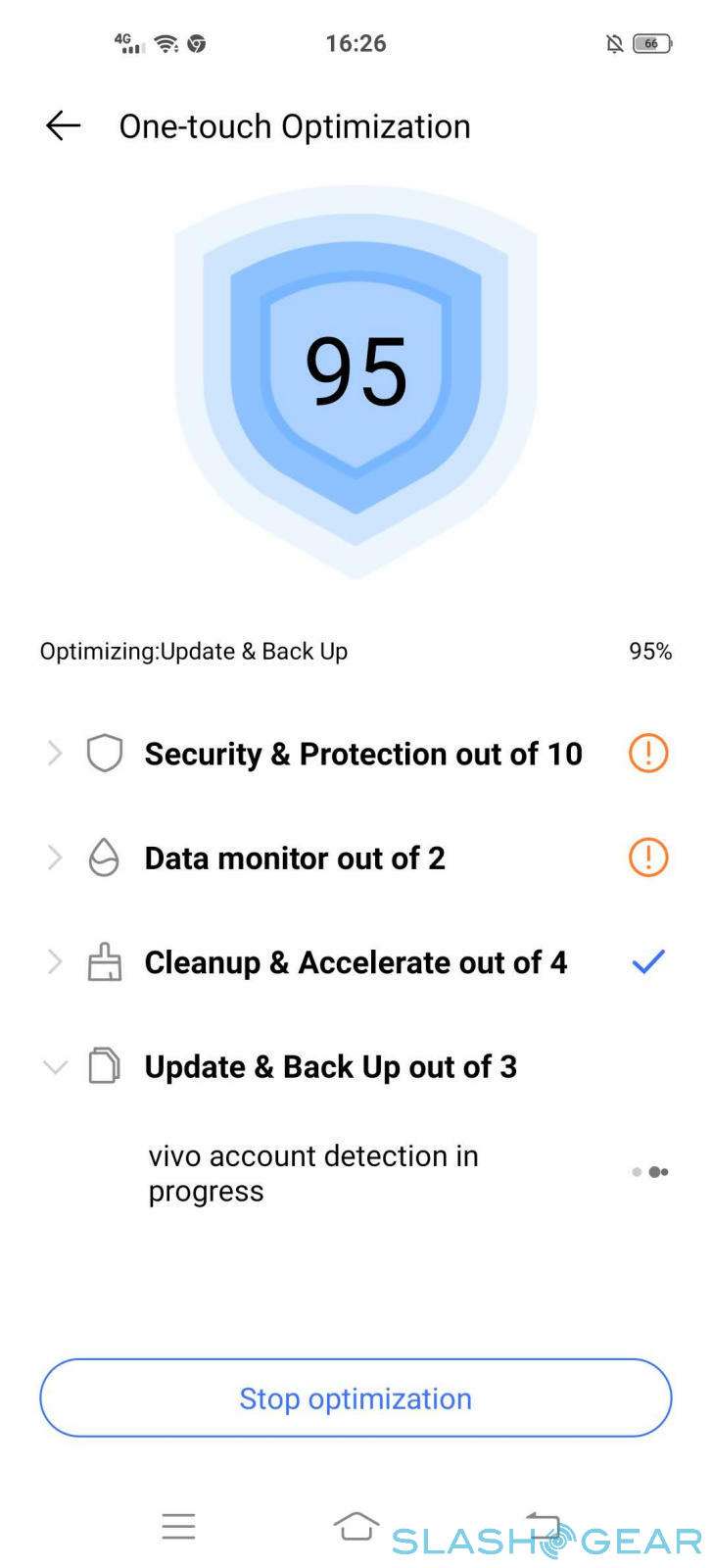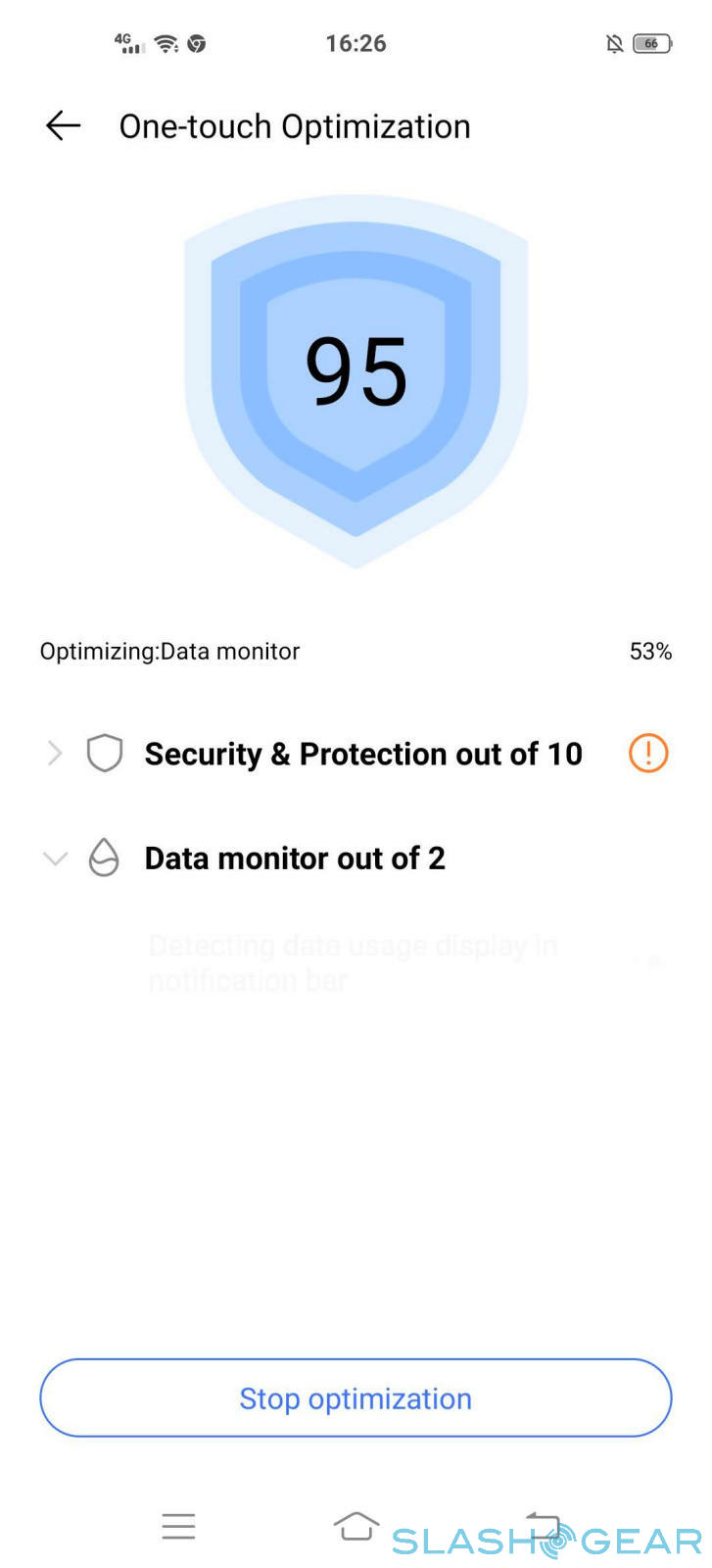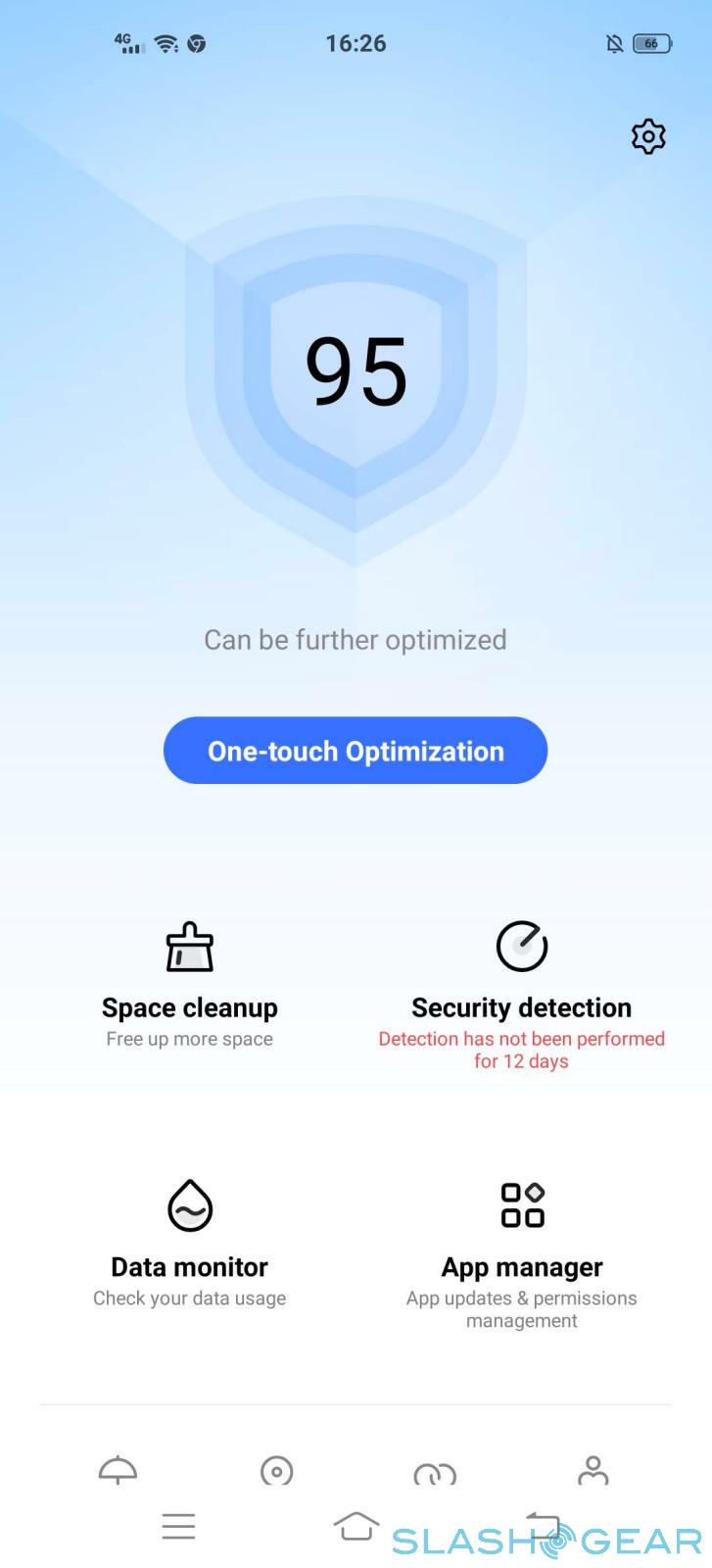Vivo X50 Pro Review: A Delicate Balancing Act
- Innovative gimbal system that works
- Decent mid-range performance
- Serviceable cameras
- Simple and lightweight design
- Debatable pricing
- Funtouch OS is still heavily customized
Vivo has made a number of its smartphones available to markets outside of China but it is making a big splash with the Vivo X50 series. As the first of its camera-centric X family, Vivo wants to put its best foot forward, showcasing technology no one, not even the likes of Samsung or Apple, has seen in a smartphone before. It has indeed done so with the Vivo X50 Pro and its unique Gimbal Camera System. That isn't, however, the full picture, no pun intended, and cameras alone do not a smartphone make. We take a deeper and longer look at the Vivo X50 Pro to see if it has more to say beyond what some may call a gimmick.
A balance of power
We'll spare you the minutiae of specs you'll be able to find in our previous coverage of the Vivo X50's debut. The core specs of the Vivo X50 Pro is enough to keep people talking, especially with the Snapdragon 765G running the show. The 8GB RAM is definitely plenty for what some would call "mid-tier" and so is the 256GB of internal storage.
The lines that separate smartphone tiers have blurred, delineated only by the thin lines drawn mostly by chipmakers and sometimes incomprehensible pricing schemes. The Snapdragon 765G is admittedly not the sharpest knife in Qualcomm's drawer but it gets the job done with a touch of 5G, in fact. More importantly, it also fits the limited budget Vivo had for the X50 and the X50 Pro (the X50 Pro+ gets the Snapdragon 865).
We can't really say much about its performance other than "it works fine". For day to day use, video binging, and a bit of gaming, the Snapdragon 765G is certainly no slouch. The 8GB RAM definitely helps in multi-tasking as well. Vivo praises the chip's image processing capabilities but that might be a tad too generous. From time to time, we experienced some lag when taking a photo, especially a full-res one, but not enough to make the entire affair unbearable.
The Vivo X50 Pro is powered by a 4,315 mAh battery, which may sound commonplace by 2020 standards. Like the processor, it gets the job done with a full day's worth of use, sometimes with 15% left to spare. When it does come to charge, the 33W brick that comes inside the box makes short work of that for as short at 80 minutes give or take.
A design for the times
Smartphone makers love to talk about their designs like they were the next best thing since sliced bread. Vivo is no exception but unlike many of its peers and bigger rivals, it is interestingly framing its design in the context of the current global situation. While almost all smartphone designs are described to be comfortable to hold and a pleasure to see, the Vivo X50 Pro is said to actually bring comfort to users' lives.
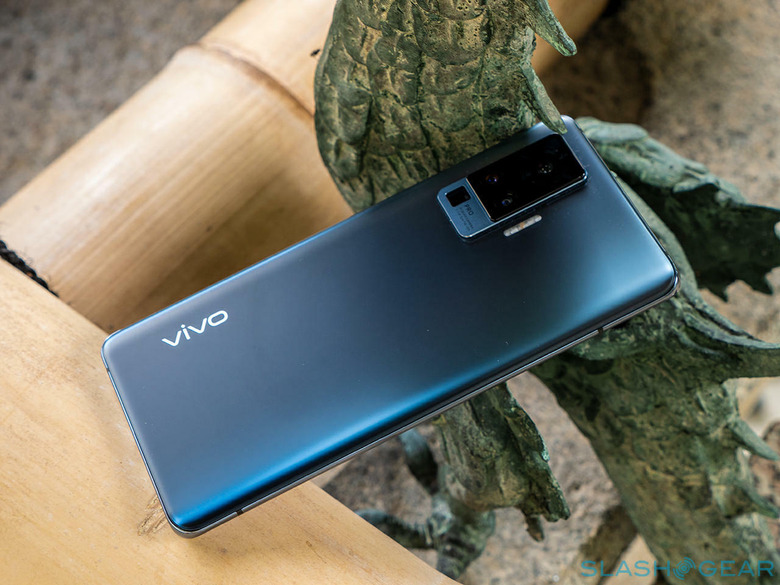
Vivo even throws in the term "anti-chaos" to describe the emotion their design language wants to convey, a perfect message during these turbulent times. In practice, this translates to one of the thinnest and lightest phones you'll find in the market, a color gradient that opts for smooth transitions rather than sharp blasts of psychedelic colors, and an anti-glare coating that inspires confidence when holding an otherwise slippery glass back. The camera bump is large, yes, but not as obnoxious as the Galaxy S20 Ultra's nor does it protrude as much.
That said, that focus on design does have its price. Just as with the specs, Vivo had to strike a balance between features and design. It could have, for example, used a larger battery or combined a larger sensor with its Gimbal Camera system. That would have, however, added some girth and heft to the phone, which Vivo believes would have only added to the anxiety that people are already experiencing today.
A somewhat familiar face
Before we get to the meat and spirit of the Vivo X50 Pro, a few words have to be said about Vivo's custom Android experience. Of the major Chinese "spins", Vivo's Funtouch OS doesn't exactly have a glowing reputation. Fortunately, it is aware of that perception and has made moves towards improving the situation, even if rather slowly.
The Vivo X50 Pro comes with Funtouch OS 10.5, thankfully already based on Android 10. It seems inescapable that you'll get a heavily skinned user interface but at least it has become more streamlined and less divergent from vanilla Android.
You can't escape pre-installed apps either but Vivo at least now gives you the option not to install them during the setup process. And, yes, the Vivo X50 Pro does come with Google Play services and apps, fortunately.
A mobile photography revolution
Vivo differentiates the X series from the V series with the former's focus on bringing a pro camera experience to users. These days, all smartphone makers make that claim for every high-end model they make. The Vivo X50 Pro, however, has an ace up its sleeve, the rather unique and novel Gimbal Camera System. A common feature in professional cameras, few smartphones comes close to offering movement compensation on all three axes. The Vivo X50 Pro does but the end result might not be what you expect.
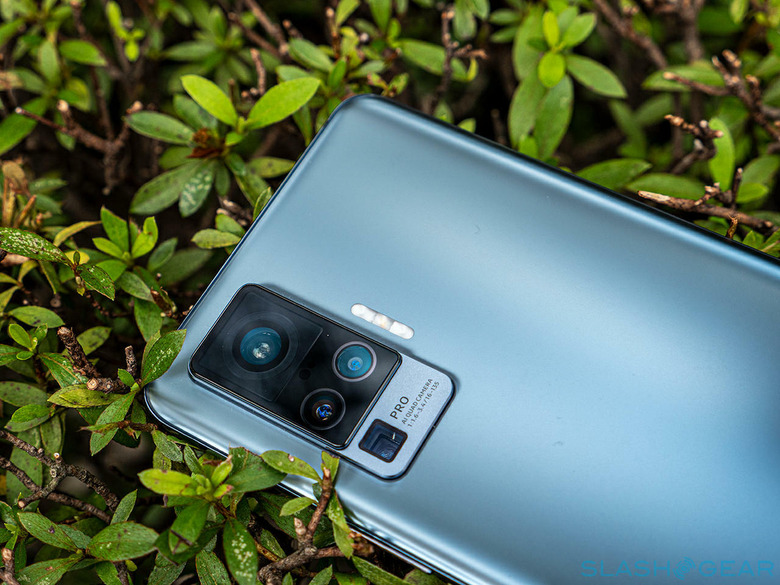
It does work, no doubt about that, with the gimbal accurately correcting the natural shaking produced when moving while recording a video. The problem is one of perception and expectation, with our minds already used to a phenomenon that even has a name of its own: "shaky cam". That said, stabilization definitely comes in handy with stills, especially at night when you need a steady hand to let the Super Night shot do its composition magic.
Aside from that special feature, however, the Vivo X50 Pro is what you could consider a serviceable camera phone. That's short for a phone that's able to take great pictures under favorable lighting conditions but not much more. The 48 megapixel main camera, the one with the gimbal, does a decent job of preserving details and making colors pops, perhaps a bit too much to the point of over saturation.
Vivo could have used the new and larger 50MP Samsung ISOCELL GN1 like on the X50 Pro+ but adding a gimbal to that would have made the phone a lot thicker. Fortunately or not, the Vivo X50 Pro+ doesn't have the Gimbal System in turn.
The Vivo X50 Pro's other cameras perform just as well. The 13 megapixel portrait camera is an odd one dedicated entirely to bokehs. Even then, it manages to have some depth calculation wrong, with foreground edges blurring to the background too much. The 8 megapixel ultra-wide-angle's 120-degree field of view isn't exactly the widest we've seen, though it ironically sometimes produces better photos than the main camera.

Finally, there's a periscope-style 8 megapixel telephoto camera that can do 5x optical zoom on its own and up to 60x digital zoom with a heavy loss in detail and the appearance of some artifacts. Here are shots taken with ultra wide angle, 1x, 5x, 10x (hybrid), and 60x (digital) cameras, respectively.
There's also a large 32 megapixel camera in front and it works as you'd expect. It's more software dependent, though, with lots of beautification modes, including an algorithm that doesn't get turned off even if you push the slider all the way down to zero. There's also a "Fresh Mode", though, that amusingly makes you look like you're wearing some makeup.
Wrap-up
We've come to a point in smartphone history where smartphone makers have to apply some sort of gimmick to stand out from the crowd. Vivo is definitely no stranger to that, with the Vivo NEX S' pop-up camera and the Vivo APEX 2020's seamless body.
The Vivo X50 Pro's Gimbal Camera System, however, is no gimmick and it "Just Works". Everything else about the phone, however, is pretty much normal, which is both a boon and a bane. On the one hand, it's hard to point out any critical fault. On the other hand, it also makes it harder to give it a glowing recommendation.
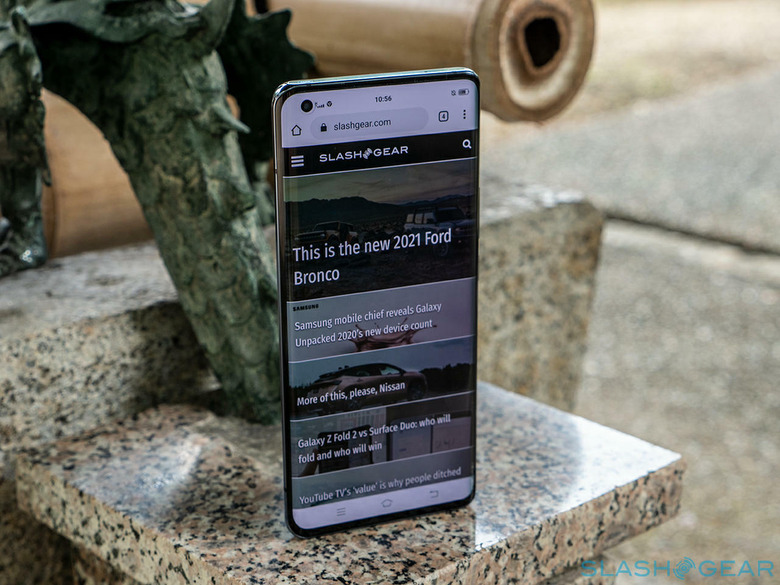
In the end, it all boils down to the price, which Vivo hasn't yet revealed for global markets, especially in Europe. In India, it will be selling for 49,990 INR, roughly $660 directly converted.
It does come close to your usual mid-range prices but with the likes of the OnePlus Nord in the market, it's going to be a tougher sell unless you're really aiming for that novel camera experience.

